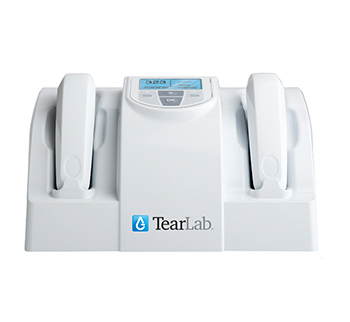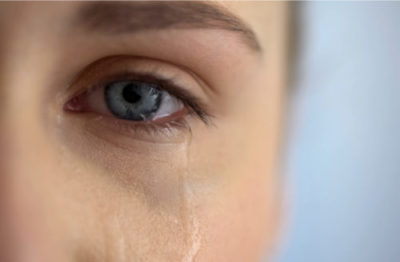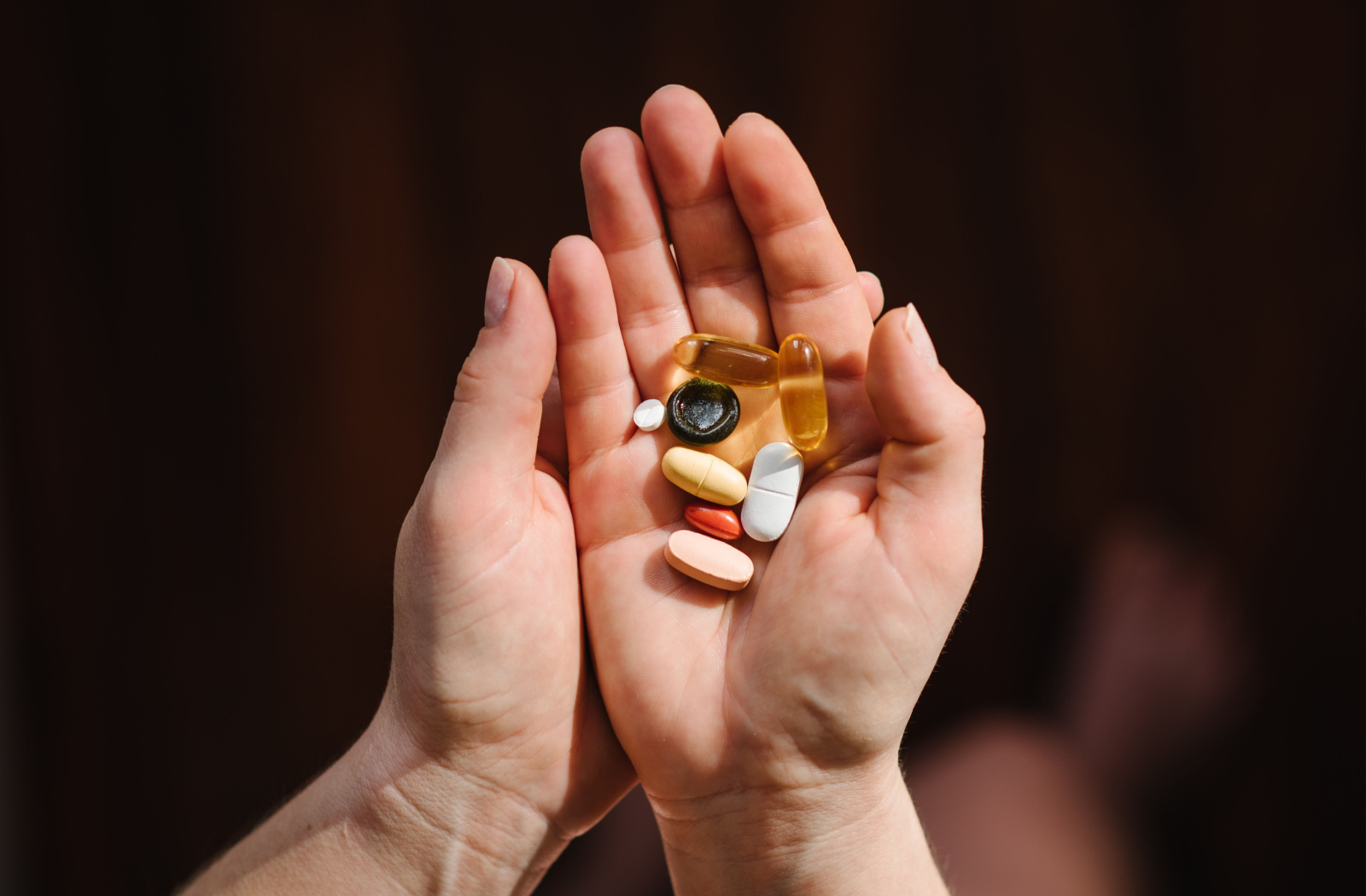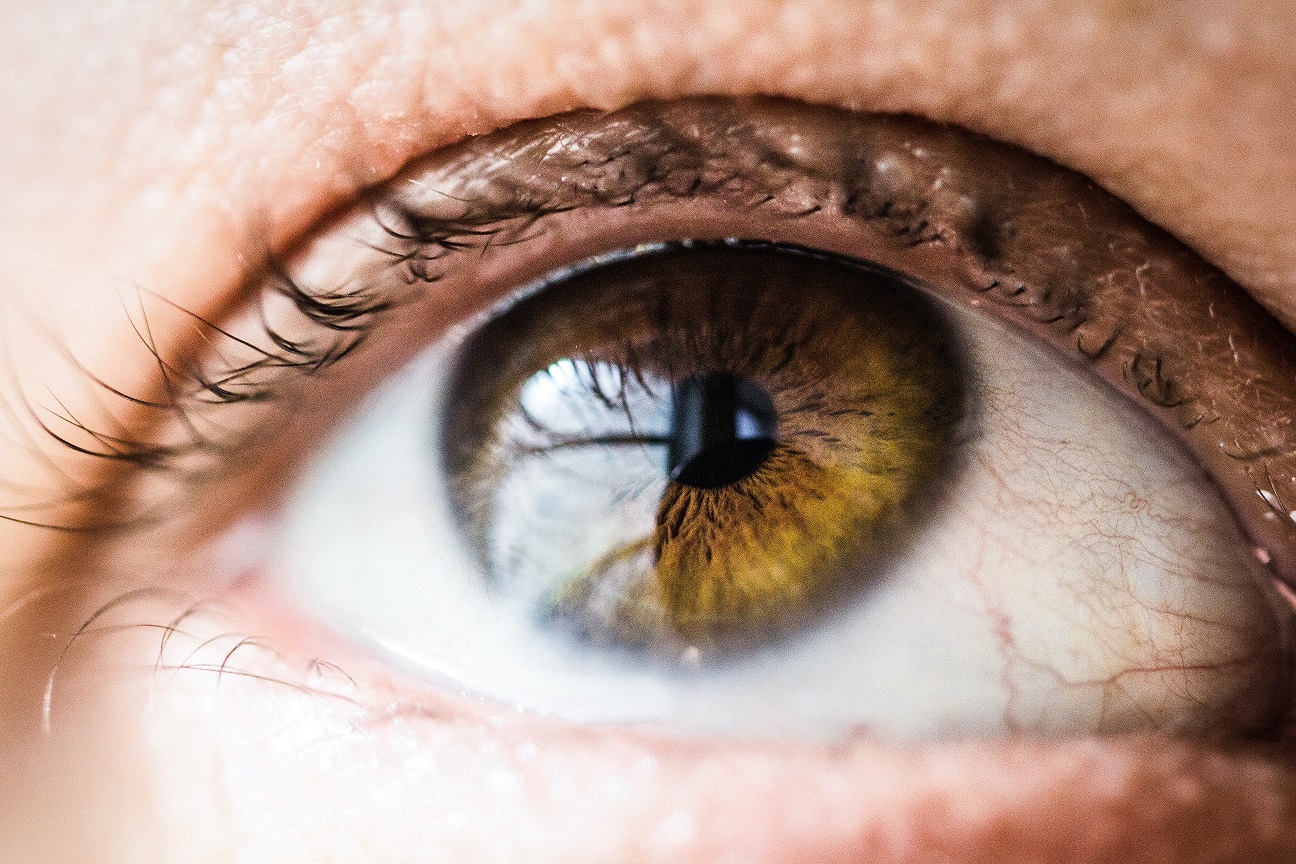Tear osmolarity is a term you may have overheard during one of your regular visits to the optometrist. Testing tear osmolarity is a reliable way to help diagnose dry eye disease, so it’s useful to understand it in more detail.
The eye care practitioners in our network have measured tear osmolarity in patients for many years, so we’re happy to explain it to you. Inform yourself about tear osmolarity below, and find out precisely what it can tell us about your eyes!
What is Tear Osmolarity?
Put simply, tear osmolarity is a measurement used to determine how much salt is in your tears. Normal osmolarity is essential for proper tear production, retention, distribution, and elimination.
When your tears have too much salt in them, it’s called hyperosmolarity. Hyperosmolarity can signify problems with tear flow or indicate that tears are evaporating too quickly. We’ll explain why in a moment—but for now, you just need to know that hyperosmolarity is a common warning sign for dry eye disease.
What is Considered Abnormal for Tear Osmolarity?
Tear osmolarity is abnormal when it meets one of the following conditions:
- A measurement of more than 300 milliosmoles per litre
- An inter-eye difference of more than 8 milliosmoles per litre
Either of these readings can indicate a lack of homeostasis (or stability) in the components of the eye’s tear film. This disruption of homeostasis is another characteristic of dry eye disease.

The Tear Film: a Delicate Balance
You’re probably wondering about the exact nature of the relationship between hyperosmolarity, homeostasis, and dry eye disease. Learning more about the tear film can make this relationship clear.
The tear film is a layer of liquid in your eyes that keeps the cornea and conjunctiva moist. It is always present, even when you aren’t crying. The tear film is made up of three substances, all of which must exist in balanced amounts to maintain homeostasis.
The substances that make up the tear film are:
- A layer of mucous, which sits closest to the cornea itself
- A layer of water (called the aqueous layer)
- A layer of oil, which sits on the outside of the tear film (the lipid layer)
Hyperosmolarity occurs when the layer of oil in your tear film becomes too thin, allowing the water to evaporate faster than usual. The result is a higher concentration of salt in the water that remains.
Tear Osmolarity Testing: a Litmus Test for Dry Eyes
Although a lack of oil in the tear film itself is responsible for many dry eye symptoms, measuring tear osmolarity is one of the best ways to diagnose dry eye disease accurately. This is because dry eye symptoms can easily be confused for other conditions, including numerous allergies and infections.
Other conditions with similar symptoms to dry eye disease include:
- Allergic conjunctivitis
- Anterior blepharitis
- Epithelial basement membrane corneal dystrophy
- Keratoneuralgia
- Contact lens intolerance
- Conjunctivochalasis
- Computer vision syndrome
- Trichiasis
One study suggests that only 4% of patients with dry eye symptoms who do not also exhibit abnormal tear osmolarity actually have dry eye disease. As such, it is vital to measure tear osmolarity before confirming that a patient has dry eyes and not a different condition.
What to Do if You Think You Have Dry Eyes

If you suspect that you have dry eyes, schedule an appointment with your optometrist. They will most likely measure your tear osmolarity. However, they may also perform other tests for dry eyes, including:
- Schirmer strips: small strips of paper temporarily placed inside the eye to measure tear production
- Ocular surface staining: adding drops of non-toxic stain called fluorescein to the eye, which makes it easier to view changes to the cornea and tear film
- Tear breakup time: using fluorescein and blue light to determine how long it takes for dry spots to appear in a patient’s tear film after blinking
However, tear osmolarity testing is considered by many eye care professionals to be a more reliable indicator of dry eye disease since it provides quantifiable physiological data. Most optometrists measure tear osmolarity with one of several commercially available osmometers.
Ask Your Optometrist about Tear Osmolarity Testing
Measuring tear osmolarity is one of the most accurate ways to diagnose dry eye disease, so it’s important to find out if your optometrist can do it. Symptoms alone do not always indicate dry eyes, so make sure you visit eye care professionals who can tell you what they really mean.









